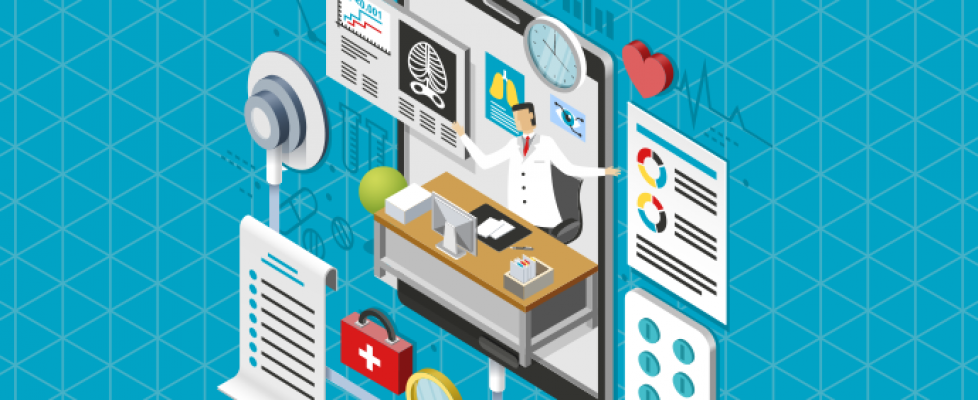Three Things to Look for in a Remote Patient Monitoring Solution
Remote patient monitoring (RPM) has proven to be a solid solution for helping seniors age in place without consistent trips to the doctor’s office, clinic, or emergency room. The COVID era has increased demand for the deployment of healthcare technology, as many seniors with chronic conditions do not want to leave their homes for treatment. Instead, doctors are using solutions like RPM to track patients’ vital statistics, including blood pressure, glucose levels, temperature, weight, pulse, oxygen levels, and other statistics. By tracking these statistics remotely and only seeing patients in person when warranted, patient care is transformed from episodic to preventative, leading to better patient experiences and outcomes.
Yet, challenges remain for all technology, including RPM, that is serving the “Medicare population.” For example, technical literacy is not high among seniors; most find technology too daunting, so ease of use is critical. Also, the costs of implementation can be high, which can outweigh the benefits for physicians implementing RPM solutions. Ease of integration into a provider’s workflow can also be time-consuming if not well organized.
As RPM solutions become more sophisticated, they’re also helping overcome these challenges, allowing physicians to provide their patients the best results while their patients remain in the comfort of their own homes.
Addressing Technical Literacy
The digital literacy of seniors is a very real issue when it comes to adopting healthcare technology. According to a recent survey, 61% of physicians say lack of digital literacy among patients is a major barrier to telehealth. To increase adoption, ease of use is critical. That means:
- Vital sign monitors must be pre-configured and always work when the patient needs them.
- Voice communications is the most effective way to help patients in their homes, so communication—both live providers and automated—must be engaging.
- To ensure that senior patients engage in their healthcare by taking vital signs, the experience must be “plug and play.” The unit must be ready to use out of the box, without complicated setup.
- Cellular connectivity that provides “always on” connectivity should be utilized, eliminating potential configuration problems that can be associated with WiFi.
“RPM products need to be easy to use,” says Brannon George, MD, an internist in Houston. “I have used other tools that were meant for hospitals, and they were too technical—it was just too complicated for the patient to understand how to use the product. Compliance with measuring their own vital statistics is higher with RPM.”
Economic Advantages
Patients do not generally see additional costs associated with RPM solutions, as Medicare reimbursement addresses much of the price tag. The true advantage can be seen for physicians as they streamline their workflows, allowing them to effectively serve more patients. mTelehealth estimates that an additional per-patient annual revenue of approximately $300 can be realized with the use of RPM.
Besides, hospitals and health systems can realize per-patient cost avoidance by keeping patients out of the emergency department. For example, a hospital in West Virginia saw an average per-patient cost avoidance for patients enrolled in RPM of $2,200 over 60 days, annualized at $13,200 per patient.
Workflow Integration
RPM providers must partner with a wide range of 24/7 care management companies that monitor patients and deliver the physicians’ protocols from a remote care management call center. This process can be simplified by providing tools for patient enrollment based on program qualifications.
“I work with five nurse practitioners in nursing homes and assisted living facilities on a daily basis, and RPM keeps all of us connected with which patients need more attention,” Dr. George says. “It allows us to be able to titrate medications more quickly. Knowing patients’ real-time vital signs allows us to keep them in the assisted living facility or nursing home, and I can bring care to them instead of sending them to the hospital for treatment unless necessary.”
Physicians who choose to manage all aspects of the RPM program in-house should look for an RPM provider that will work with them to implement and integrate RPM into current workflows for both enrollment and care delivery services.
As solutions like RPM grow more sophisticated and easier to use, patients will grow increasingly comfortable and embrace using technology as part of their healthcare regime. Meanwhile, by overcoming these three challenges, both physicians and healthcare facilities can also reap the benefits of reduced costs and increasing revenue.

